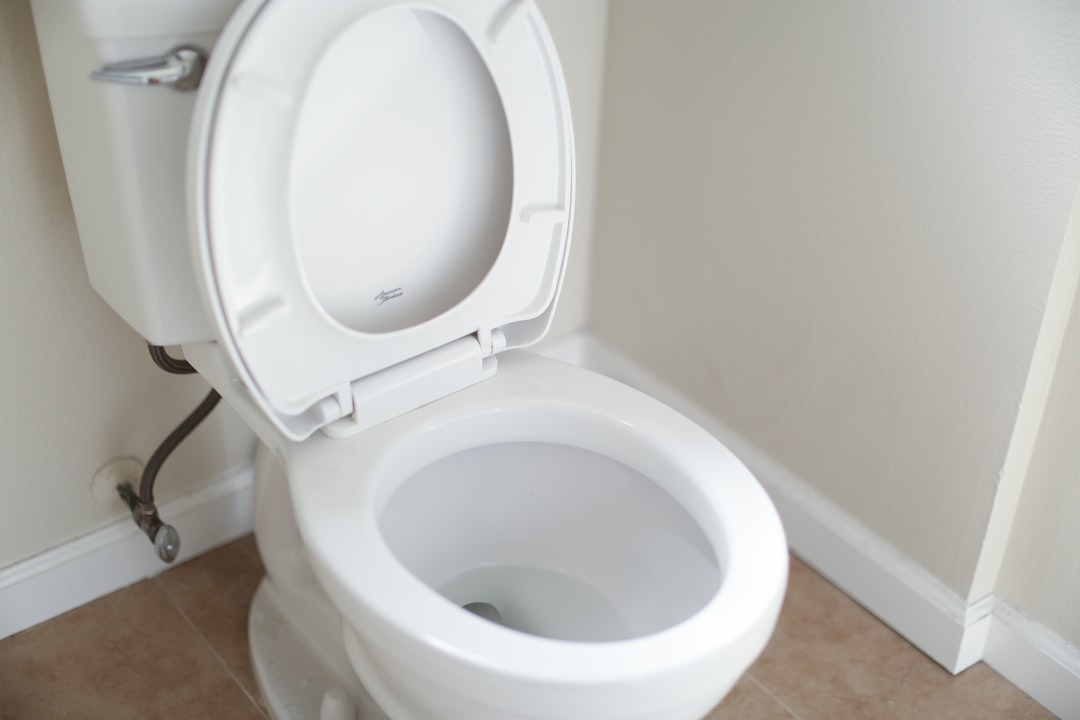Training your dog at home can be a rewarding experience for both you and your furry friend. Not only does it strengthen your bond, but it also instills good behaviour and obedience in your pet. With the right approach and techniques, you can effectively train your dog in the comfort of your own home. This article will explore essential tips and strategies for successful at home dog training.
### Understanding Your Dog’s Behaviour
Before embarking on your training journey, it’s crucial to understand your dog’s behaviour. Dogs communicate primarily through body language and vocalisations. Observing these signals can help you identify what motivates your dog, whether it be treats, toys, or praise. By recognising their unique personality traits, you can tailor your training methods to suit their needs.
### Setting Up a Training Space
Creating a designated training area in your home can significantly enhance your dog’s learning experience. Choose a quiet space free from distractions where your dog feels comfortable. This could be a specific room or a quiet corner in your living area. Ensure you have all necessary supplies on hand, such as treats, toys, and training aids, to facilitate a smooth training session.
### Basic Commands to Start With
Starting with basic commands is essential for establishing a solid foundation in your dog’s training. Commands such as “sit,” “stay,” “come,” and “down” are fundamental and should be taught first. Use positive reinforcement techniques, rewarding your dog with treats or praise whenever they successfully follow a command. Consistency is key; practice these commands regularly to reinforce learning.
### Incorporating Fun into Training
Training should be an enjoyable experience for both you and your dog. Incorporate games and fun activities into your sessions to keep your dog engaged. For instance, you can turn the “come” command into a game of hide and seek, rewarding your dog when they find you. This not only makes training more enjoyable but also strengthens your bond.
### Addressing Behavioural Issues
If your dog exhibits undesirable behaviours, such as excessive barking or chewing, it’s crucial to address these issues promptly. Identify the triggers for these behaviours and work on correcting them through positive reinforcement. For example, if your dog barks at the mailman, redirect their attention with a toy or treat when the mailman arrives. Patience and consistency are vital in modifying behaviour.
### Socialisation is Key
Socialising your dog is an important aspect of training that should not be overlooked. Expose your dog to various environments, people, and other animals to help them develop confidence and reduce anxiety. Arrange playdates with other dogs or take your dog for walks in busy areas to help them acclimatise to different situations.
### The Importance of Routine
Establishing a training routine can greatly benefit your dog’s learning process. Set aside dedicated time each day for training sessions, even if they are short. Regular practice will reinforce your dog’s learning and help them understand that training is an essential part of their daily life.
### Seeking Professional Help
If you encounter challenges during your at home dog training journey, don’t hesitate to seek professional help. Many trainers offer resources and guidance that can assist you in overcoming specific behavioural issues. You can also explore online resources that focus on at home dog training techniques.
### Conclusion
At home dog training can be a fulfilling endeavour that enhances the relationship between you and your pet. By understanding your dog’s behaviour, establishing a training routine, and incorporating fun, you can effectively teach your dog essential commands and address any behavioural issues. Remember, patience and consistency are crucial in this process. With dedication, your dog will become a well-behaved companion, making your home a happier place for everyone. For more tips and resources, consider visiting the Sydney Dog Trainer for expert advice on at home dog training.




